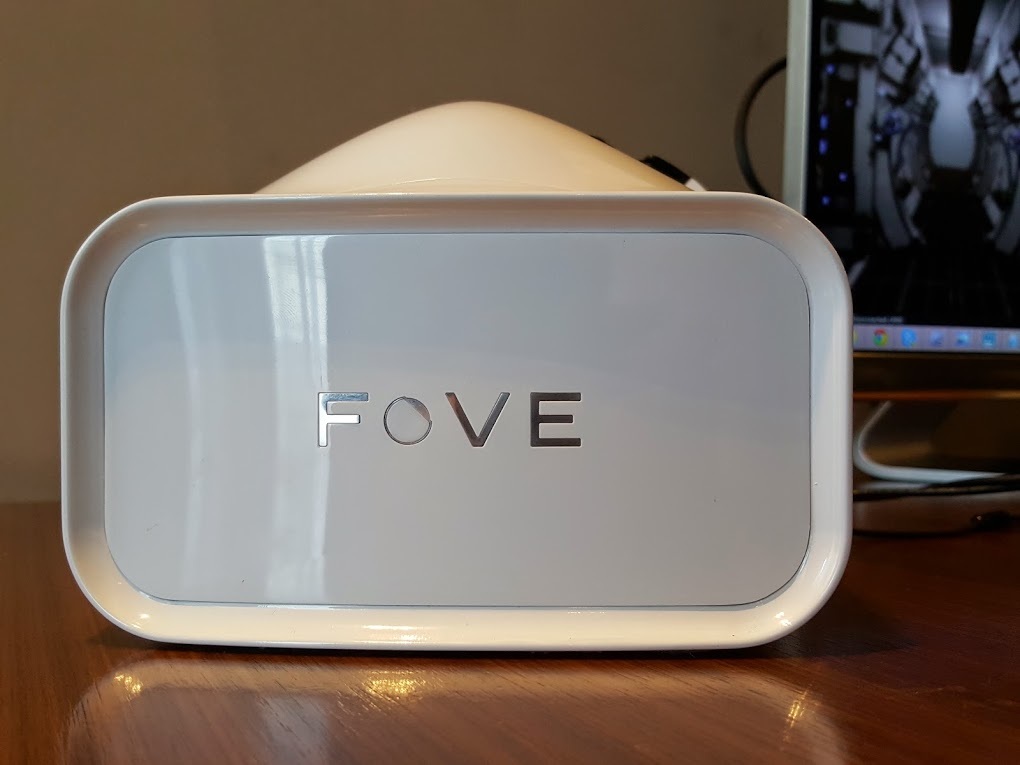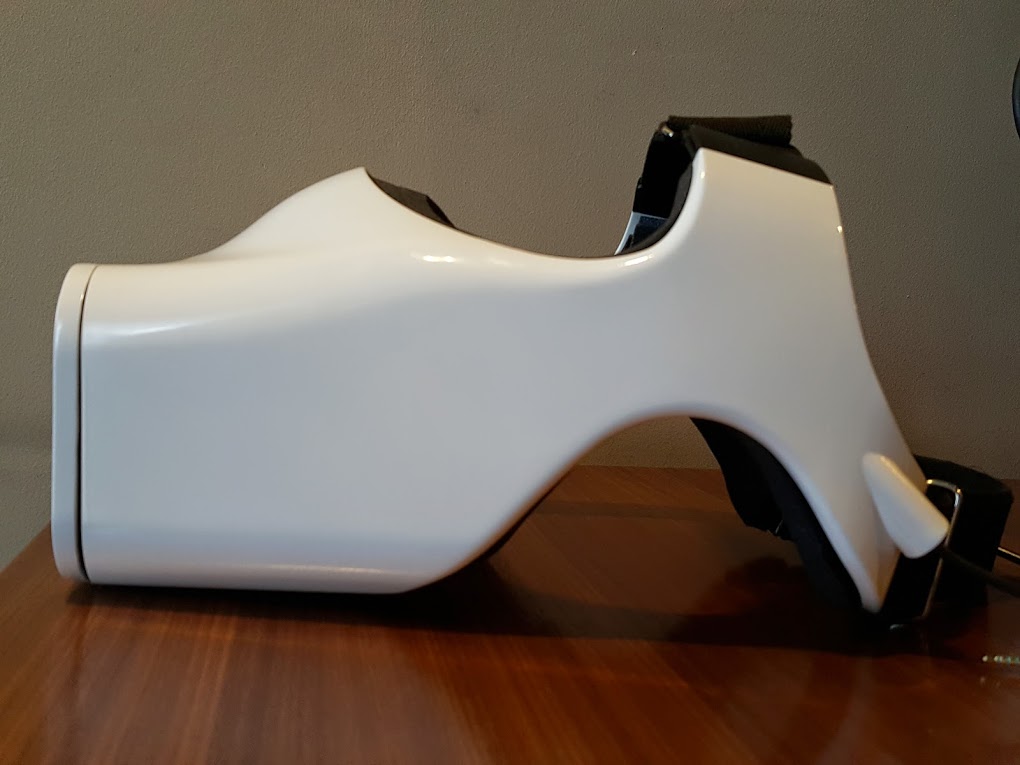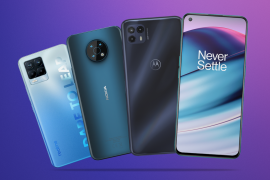Fove VR headset hands-on review
We strap into Fove's immersive eye-tracking virtual world
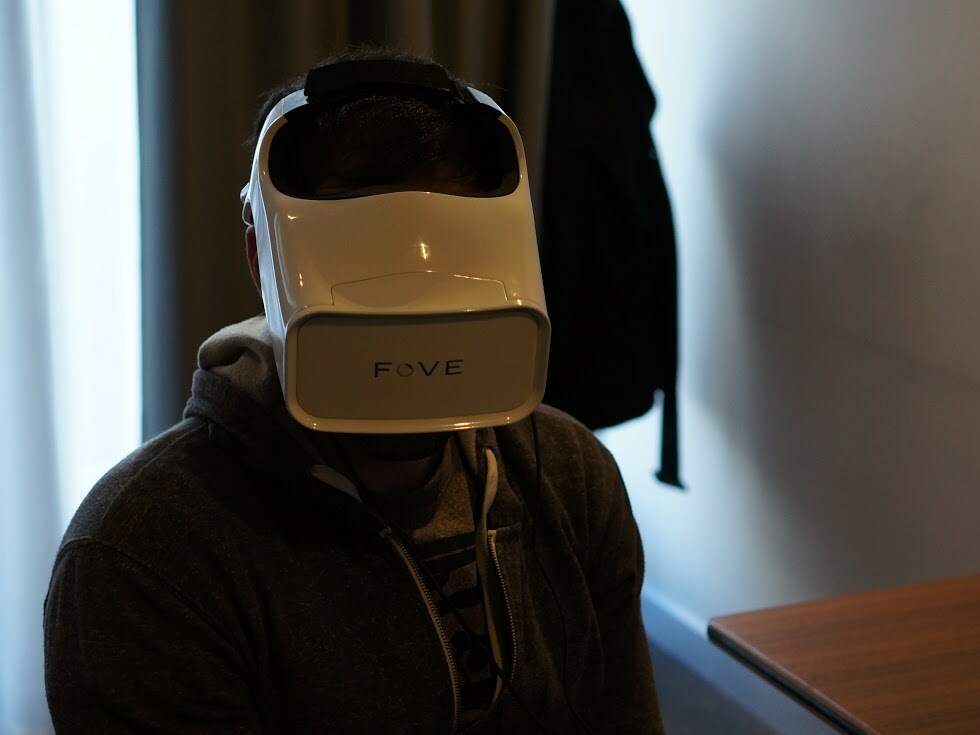
The world of VR headsets shows no signs of slowing down.
From the Oculus Rift to the Samsung Gear VR, and the most recent HTC Vive, the competition for our faces has never been higher.
One might, then, feel that any new players to the game will struggle against the giants above.
If we were dealing with any other regular VR headset that would probably be the case – but Fove is anything but average.
Unlike its rivals, it packs in eye-tracking technology, opening up a whole new world of gameplay options and immersion.
We were lucky enough to see it in its prototype stage last year, and although we couldn’t try it on, were impressed with the demos we saw.
Recently we managed to strap in and try out the latest development prototype ourselves, ahead of its US$250,000 Kickstarter campaign which launches today.
Here’s what our hands and eyes made of it:
Modern bulk
The Fove is a stark contrast to the all-black Oculus Rift, with its white colouring and smoother, curvier design.
It looks more futuristic, although it’s fairly bulky and sticks out a fair bit. It also pinches our nose rather uncomfortably and puts quite a fair bit of pressure on it despite the improved strap design.
We were assured however that the unit we tried wasn’t anywhere close to being the final consumer model, and we can’t see any reason why the end product won’t be sleeker and more comfortable.
Sharp screen
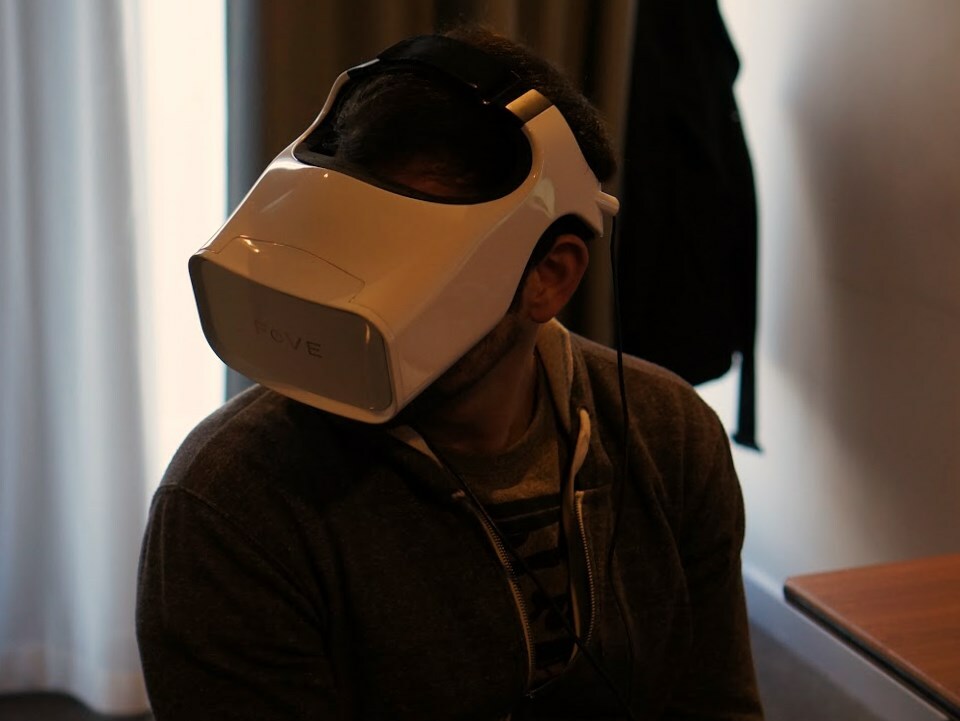
The Fove’s display out-pixels the latest version of the Oculus Rift, with an impressive 2560 x 1440 2K display.
It’s the sharpest VR display this writer has seen (although admittedly he has yet to try the HTC Vive).
Unlike the Oculus Rift, which has clearly visible, sometimes distracting blocky pixels right in front of your eyes, the Fove is much sharper, and it’s far easier to forget about the small pixellation that is still present.
It even feels sharper than the Samsung Gear VR, despite the fact that that makes use of the Samsung Galaxy Note 4’s equal-resolution 2K display.
We asked Fove’s CTO Lochlainn Wilson if there were any plans to utilise Sharp’s new 4K display, and although he couldn’t directly confirm anything, he did state that he was looking to bring one in himself, to play around and experiment with.
Ace in the hole
The Fove’s standout feature is its eye-tracking capability. Infrared sensors are able to track your eye movements in 3D space at all times.
These sensors are built into the headset itself, so there’s no need for any external cameras to mess around with.
Before you can jump in and play, you’ll need to complete a quick calibration session which involves staring at dots that appear in different locations of the screen.
The first demo we jumped into was a shooter in which we shot lasers out of our eye, Cyclops-style, blowing up attacking flying enemies in the process.
We weren’t sure, prior to this demo, how natural eye-tracking would be, but we picked it up instantly. There’s something quite powerful about looking at an object and watching it blow up into smithereens, and the gameplay felt natural after just a few seconds.
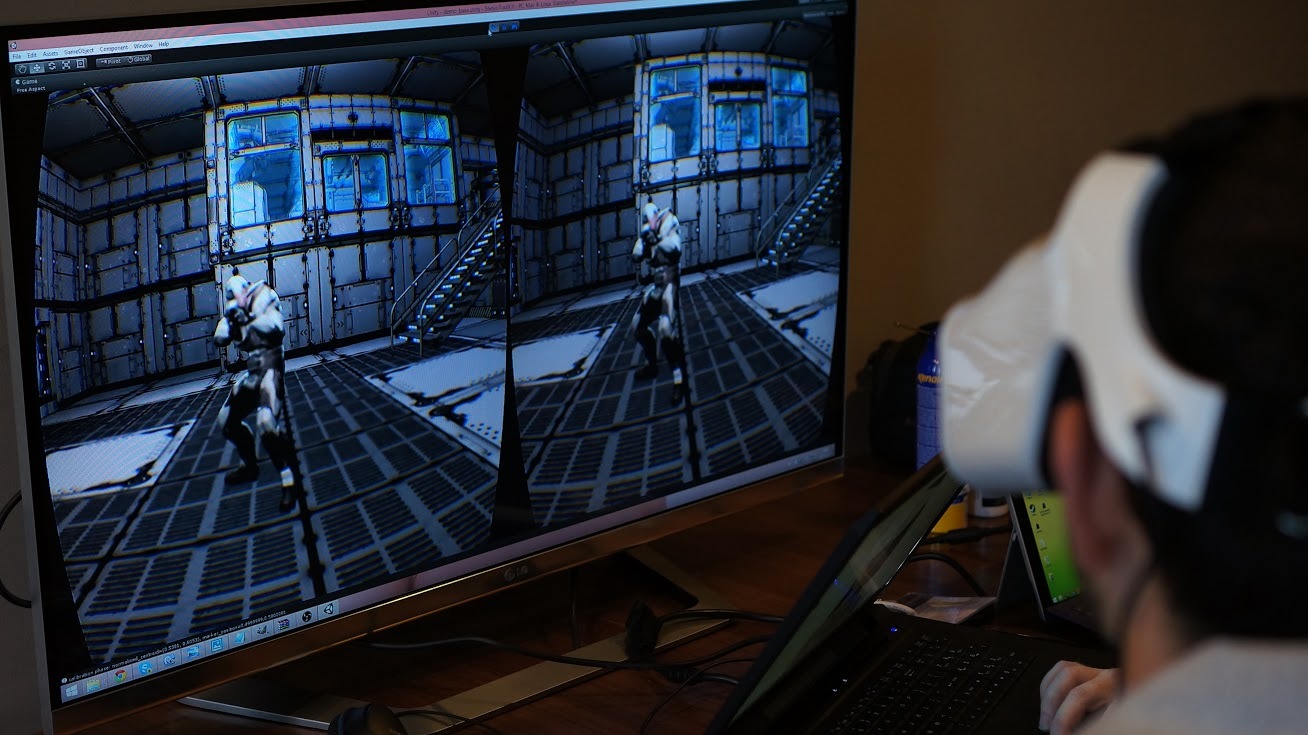
The second demo we tried was more passive. We walked down a corridor into a room, in which a man rained bullets down upon us with no way for use to defend ourselves.
Luckily, this demo was more about showing off another feature of the Fove’s eye-tracking ability – depth perception.
Because Fove can tell where you’re looking, it can blur everything outside your field of vision. This means that Virtual objects close to your eye will be in sharp focus, while background subjects will be blurry and out of focus – just like in real life.
Looking at the man trying to kill us keeps him in focus, while the wall in the distance behind him is blurred, and vice versa. The switch is smooth, and our eyes soon adjust without any trouble.
Not only does this add to the immersion, but it also has another, potentially game-changing benefit.
If only the area you’re looking at needs to be sharp and rendered in high quality, then this has a big impact on the processing power required. Because only smal areas – the ones you’re directly looking at – need to be sharp and detailed, Fove can be used with less powerful hardware than would otherwise be required.
This will make it more accessible to casual gamers and those without expensive beastly PC gaming rigs.
While initially Fove will only work with PCs, there’s no reason why, as mobile device hardware continues to improve, we won’t see smartphone and tablet support too, especially as it’s less hardware-intensive than its rivals.
Initial verdict
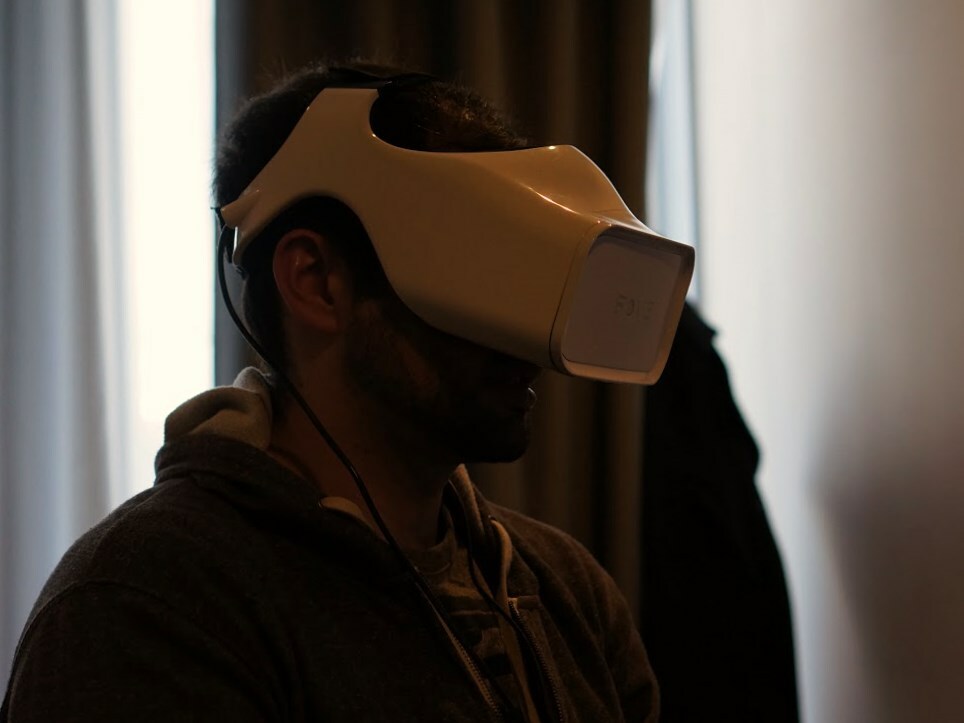
It’s hard to pass a final judgement on a prototype product with only a few tech demos to try out, but we must say that so far, from what we’ve seen, the Fove headset is very impressive.
It offers something that none of its rivals can match, simultaneously being more immersive, more innovative, and more hardware-friendly.
It’s available to order from Kickstarter right now, for US$350. This developer kit will be with developers by the end of September, ahead of its release sometime next year.
We’ll be sure to bring you a full in-depth review once the final retail versions hits shelves, so stay tuned.
